
Developer: Toucan Studio
Publisher: Toucan Studio
Platform: Switch, PC
Tested on: Switch
Selma and The Wisp – Review
In a world where puzzle platformers are a dime a dozen, Toucan Studio’s Selma & The Wisp attempts to throw everything you know about the genre out the window. Toucan Studios try to lure you into the game with pledges of “innovative gameplay” and “amazing puzzles” but can they deliver on these claims?
Story
Selma has a problem: she’s gotten lost in a nightmarish world, after she followed Wisp -a sentient glowing ball of energy- into her wardrobe. Now, she’s alone and afraid. As her only hope, Wisp must guide Selma through this world, taking her through woods, caves, treasure-filled temples and even a hellish amusement park.
There isn’t a whole lot of text in Selma & The Wisp, apart from the information on the loading screens or the short sentences that bemoan Selma’s fate when she dies. Not that that matters – the story relies on a simple premise that is less about lore and more about experiencing this eerie place for what it is.
Graphics
Presented in a low-poly style, reminiscent of paper cut-outs, the game looks and feels gorgeous. It is often reminiscent of a children’s book come to life. The variety of environments feels hand-crafted, and there’s always a surprise around the corner. While your mileage may vary on Selma’s design -after all, those huge, glowing eyes might not be very appealing- it’s hard to deny the craftsmanship that went into bringing this game to life.
The lighting effects in particular are outstanding – these depend on how much energy Wisp has left and will vary from brightening the entire screen to simply illuminating a faint glow around our protagonists.
Sound
Haunting chants follow you around the world of Selma and The Wisp, at least at the start of each stage. These add to the mood of the game while you’re playing, but in the end, the understated music is very forgettable. At certain times, when taking time to complete a puzzle, you might notice that the music stops. This appears to be because the end of the track is reached. In most games it can be very distracting that the background music is suddenly gone. However, because of the minimalistic nature of the soundscape in this game, it’s barely noticeable if you’re paying more attention to the puzzles than to the fact that the singing has stopped.
Gameplay
Selma and The Wisp plays unlike a typical puzzle platformer and the controls may feel counter-intuitive at first. You take control of Wisp, floating around the level freely, unencumbered by traps or enemies. Selma will follow you around wherever she can as you move about. There are some areas she can’t get to -although she’s able to jump, she can’t reach very high places, for example. What she will do, however, is keep walking behind you without a care in the world unless you hit the X-button. When you do so, Wisp will change colour, burning red instead of blue, and Selma will stand still and wait where you left her. Having Wisp’s colour change is a nice touch, as you can see at a glance whether or not Selma is supposedly following you. You never take direct control of Selma. This makes it difficult to get the timing right on common platforming actions such as making jumps or avoiding traps or even falling to her death. The control scheme needs some getting used to but once it clicks, it works surprisingly well.
As Wisp, you are tasked with guiding Selma through the various traps and puzzles that litter the 10 chapters of the game. This is easier said than done, as both Selma and Wisp have their weaknesses that you will need to learn to deal with, in order to prevent an untimely death.
Wisp’s life force is represented by a bar of energy that is displayed at the top of the screen. This energy will drain slowly, even if Wisp isn’t actively doing anything: The glow that emanates from Wisp requires energy to burn brightly. This also affects how much of the surrounding area you can see: if Wisp is at full energy the area will light up, but as it drains, the area surrounding Wisp will slowly become darker. Should Wisp ever run out of energy, it’s game over.
For most players, this won’t be a real issue though: the levels are filled with glowing orbs that will replenish Wisp’s life force. In addition, particular areas, usually those around the more complicated puzzles, provide an area that will refill your life force if you stay in it for a few seconds. Beware of water though – getting wet will quickly drain Wisp’s energy.
Compared to Wisp’s seeming immunity to everything but loss of energy, Selma is another story: the girl is incredibly fragile, and the slightest mistake you make will cause her to die in the most gruesome ways. You’ll find quickly she’ll die often, as you attempt to figure out the puzzles and the timing of some of the obstacles you are presented with. Wisp is not able to scout too far ahead either – move away from Selma for too much of a distance and she’ll panic. This is represented by her heart going in overdrive and quickly losing energy – if it runs out, it’s game over as well. Should you return to her, she’ll calm down and her heart refills.
To get through the puzzles, Wisp has access to a few tools: Pressing A will release a short burst of explosive energy. This is used to deter enemies, activate switches, propel objects forward, etcetera. This ability comes at a cost though, because each time this burst is used, a small amount of energy is taken from your life force – spamming bursts to get through a level is not an option, and sometimes accidentally pressing the A button will leave you with little energy. Another ability of Wisp is picking up tools. These are easily identified as they are contained in bubbles. Simply hover Wisp over them to pick them up, then drag them to the desired location and they will activate automatically most of the time, though sometimes a burst of energy is needed as well.
For a game with such a simple premise and presentation, there is a surprising variety in both the level design and the puzzles. As a result, the game never feels repetitive, as Toucan Studio managed to cram a lot of different content in the two hours it roughly takes to play through the game. There’s a quick-time event part where you’ll need to guide Selma’s mine cart through a cave, bursting energy to straighten the tracks, lest she fall to her death. At another point you’re trying to figure out how to drain surplus water from a boat, so it can be used to cross a lake. There’s little rhyme or reason to the flow of these levels – they’re just presented to you as is. On one hand, this gives the levels a chaotic and illogical feel that fits with the narrative of a nightmare world. On the other, it makes the game feel unstructured and muddled as a result.
Conclusion
Although light on the story side, Selma andThe Wisp is definitely worth a look at, if only for the beautiful visuals. The unconventional control scheme, the variety in the puzzles and the surprising environment changes hidden in the stages make for a game that feels greater than the sum of its parts. Sadly, the game is over within the course of two hours, making it a rather short adventure.
Selma and The Wisp - Review,


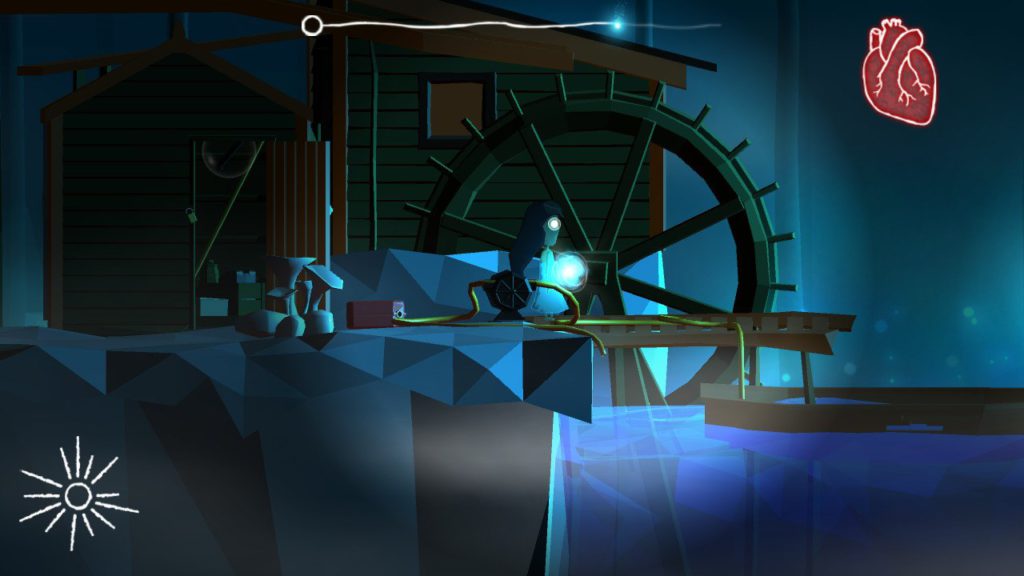
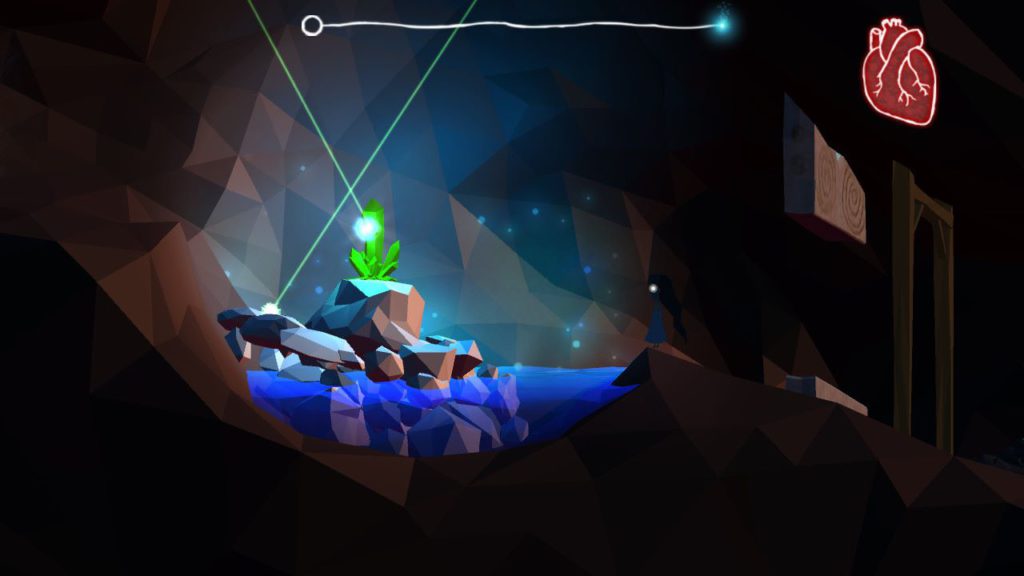
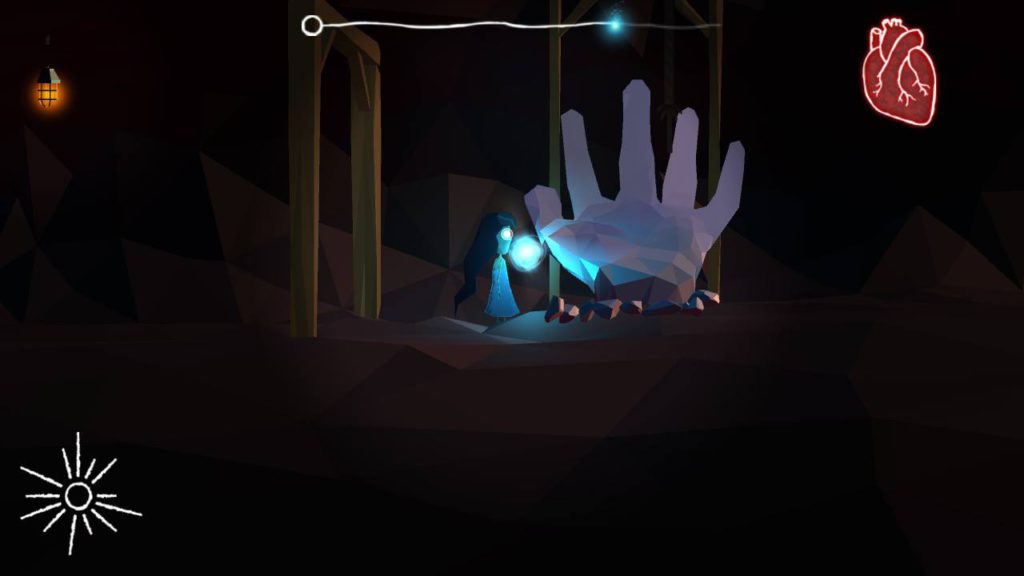
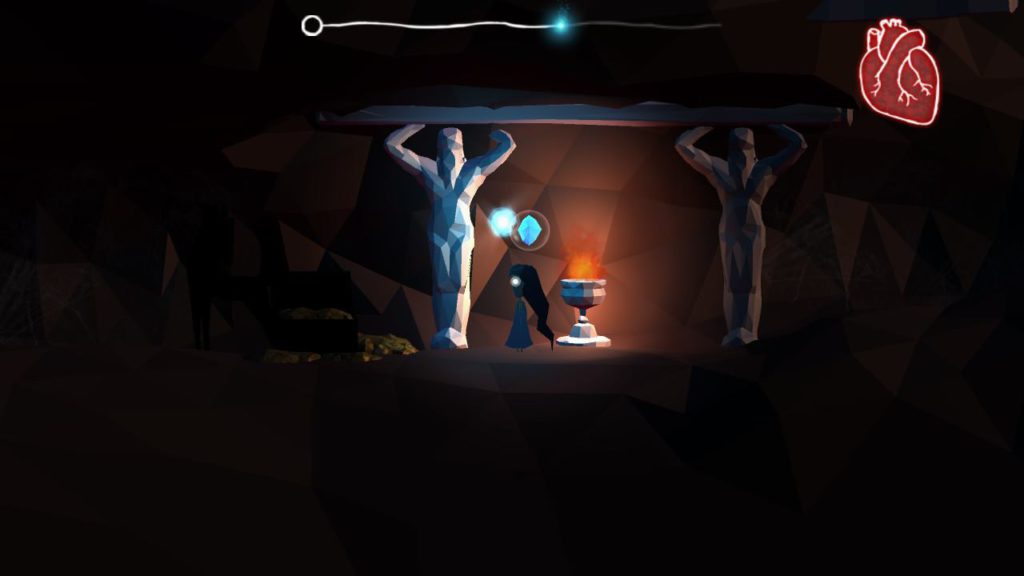
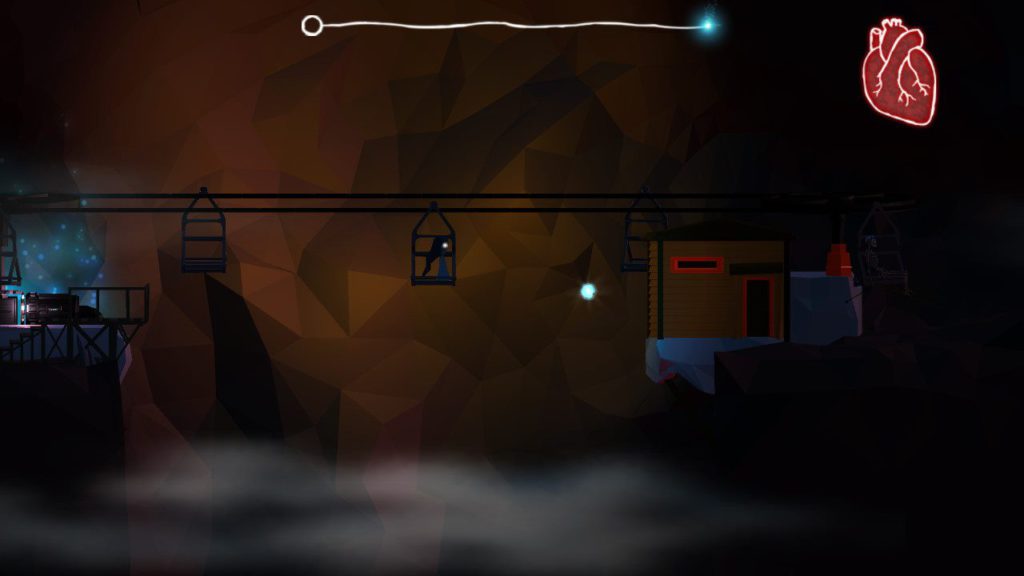
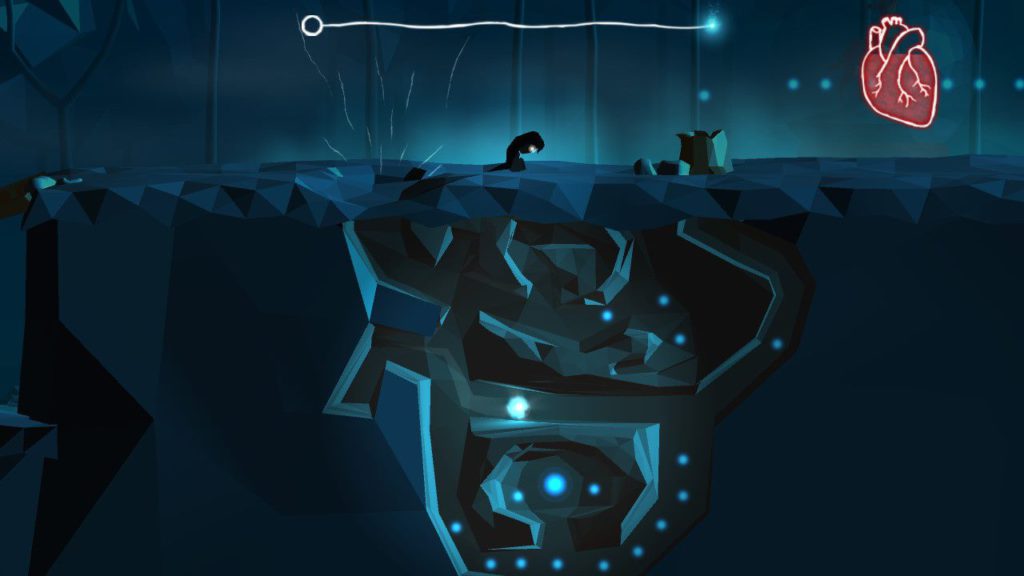
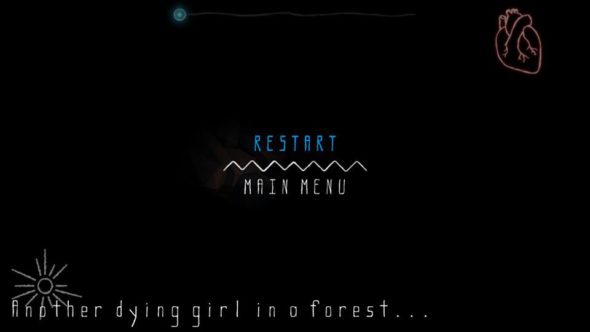




No Comments